‘Forgotten’ greenhouse gases pose risk to Paris Agreement

Under the historic Paris climate agreement reached five years ago, countries including Switzerland have made efforts to reduce global warming. But “forgotten” gases accumulating in the atmosphere may be putting the Paris climate goals at risk.
December 12, 2015 was a historic date in the fight against climate change. With the Paris Agreement on climate, ratified by Switzerland in June 2017, the world community undertook to keep the rise in world temperature “well below 2°C” as compared with pre-industrial levels.
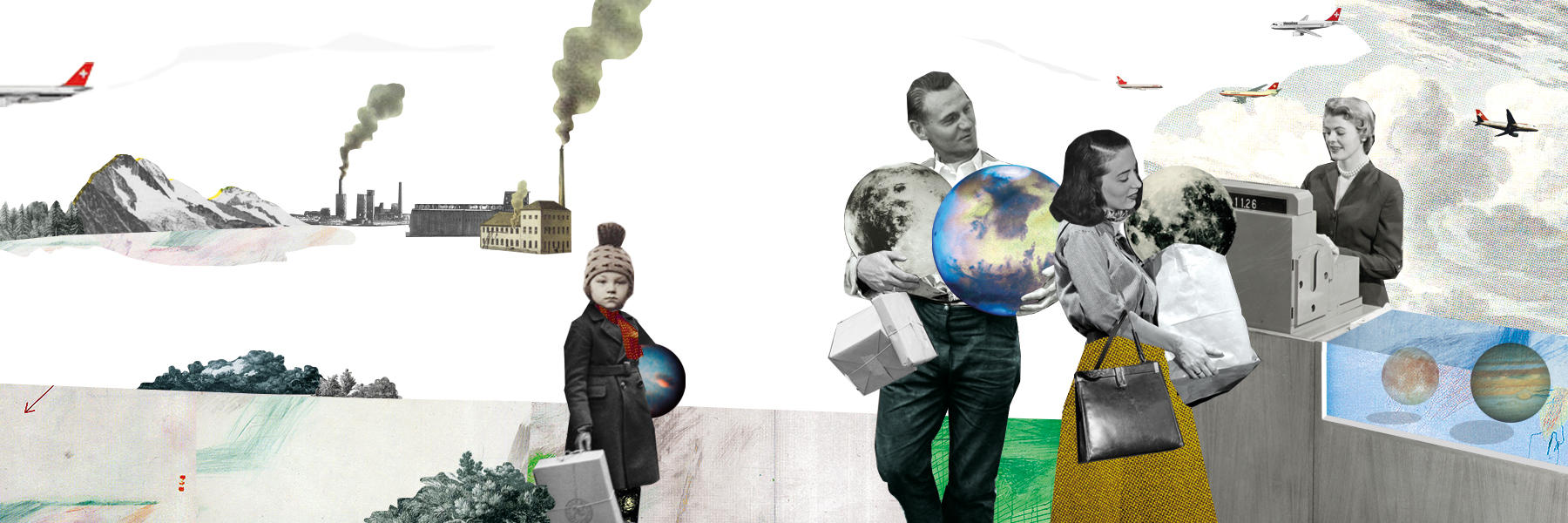
More
Swiss CO2 emissions: Small country, big footprint
Efforts have been concentrated on CO2 – with carbon taxes and policies designed to curb the use of fossil fuels – but other gases are accumulating in the atmosphere too. These gases are contributing significantly to global warming and tend to be “overlookedExternal link“, according to experts. The risk is now that increase in these emissions may jeopardise achievement of the goals set out in the Paris Agreement, as an international studyExternal link involving the University of Bern has warned.
Progress is currently too slow to halve emissions by 2030 and achieve climate neutrality by 2050, says a reportExternal link published shortly before the fifth anniversary of the Paris Agreement.
To achieve climate goals, the quota of renewable energy in production of electricity needs to quintuple, deforestation has to stop and emissions from agricultural production have to be reduced by 40% by the half-century mark.
The Climate Action Tracker project is more optimistic. Based on climate policies announced by big powers such as China, Japan and incoming US president Joe Biden, itExternal link expects a growth in world temperature of 2.1°C by 2100, more or less in line with the goal laid down at the Paris conference.
“CO2 has always been the main focus because it is responsible for over 65% of all warming due to greenhouse gases, and has the longest residence time in the atmosphere, so the focus has been rightly justified,” Pep Canadell, who heads the international organisation Global Carbon Project, told swissinfo.ch. “However, as we now agree to go to net zero emissions… we need to ensure we focus on those other gases too.”
So what are these gases and what are they doing to the climate?
Laughing gas is nothing to laugh at
Methane (CH4) is the gas with the major impact on climate after carbon dioxide. Caused by degradation of organic material in environments lacking oxygen, methane is generated – up to 40% of it – by natural processes.
The remaining 60% is due to man, and is a by-product of agriculture (in particular livestock raising), waste disposal, and the coal and petroleum industries. According to WWF SwitzerlandExternal link, “methane flatulence of Swiss dairy cows and the production of feed for them contribute to global warming and thus threaten our very existence.”
For its part, nitrous oxide (N2O), also known as laughing gas, is mainly generated by intensive farming (fertilisers), burning fossil fuels and industrial processes.
Greenhouse gases in the atmosphere trap solar radiation reflected from the Earth’s surface. The greenhouse effect is a normal phenomenon, essential for life on Earth: without it, the average temperature of the globe would be -18°C, instead of +15°C.
Greenhouse gases may be of natural origin or caused by man. The main ones are water vapour (H2O), carbon dioxide (CO2), nitrous oxide (N2O), methane (CH4), sulphur hexafluoride (SF6) and halocarbons (for example, chlorofluorocarbons or CFCs).
Although they are present in the atmosphere at lower concentrations than CO2, methane and nitrous oxide have a much higher potential for global warming.
80% of emissions from agriculture
The greenhouse gas makeup of global emissions varies from one country to the next. Brazil, with its huge stock-raising industry and its wide area of lands under cultivation, is the industrialised country that produces proportionally the most methane and nitrous oxide.
In Switzerland, 80% of nitrous oxide emissions and 83% of methane emissions come from agriculture, according to Agroscope, the federal government’s research institute.
Conflict between food production and climate
As is the case for CO2, concentrations of methane and nitrous oxide in the atmosphere continue to increase. Since the pre-industrial era they have increased 260% and 23% respectively.
The main reason for rising nitrous oxide is increased demand for food products and feed for animals. More precisely, it’s the massive trend to nitrogen fertiliser and the development of stock-raising, notes Fortunat Joos, professor of climate physics at the University of Bern and co-author of one of the most complete studiExternal linkes on the origins of N2O in the world.
The increase in emissions is not worldwide, however; it mostly concerns the emerging economies such as China, Brazil and India. Europe is the only part of the world where in the last 20 years N2O emissions have actually decreased. This is also true for Switzerland, where there was a reduction of 10% between 1990 and 2010 – followed by stabilisation – due to fewer livestock and use of mineral feeds.
Methane, though, has reached previouslyExternal link unrecorded levels due to emissions linked to intensive stock-raising and extraction and production of fossil fuels. Here too there are regional differences, and Europe is the only continent where CH4 emissions actually went down.
What solutions to bring down emissions?
Innovative technologies, like the one developed by Swiss start-up Climeworks, are now able to remove carbon dioxide from the atmosphere. There is nothing like that for methane and nitrous oxide, but there are ideas for reducing them, Canadell points out.
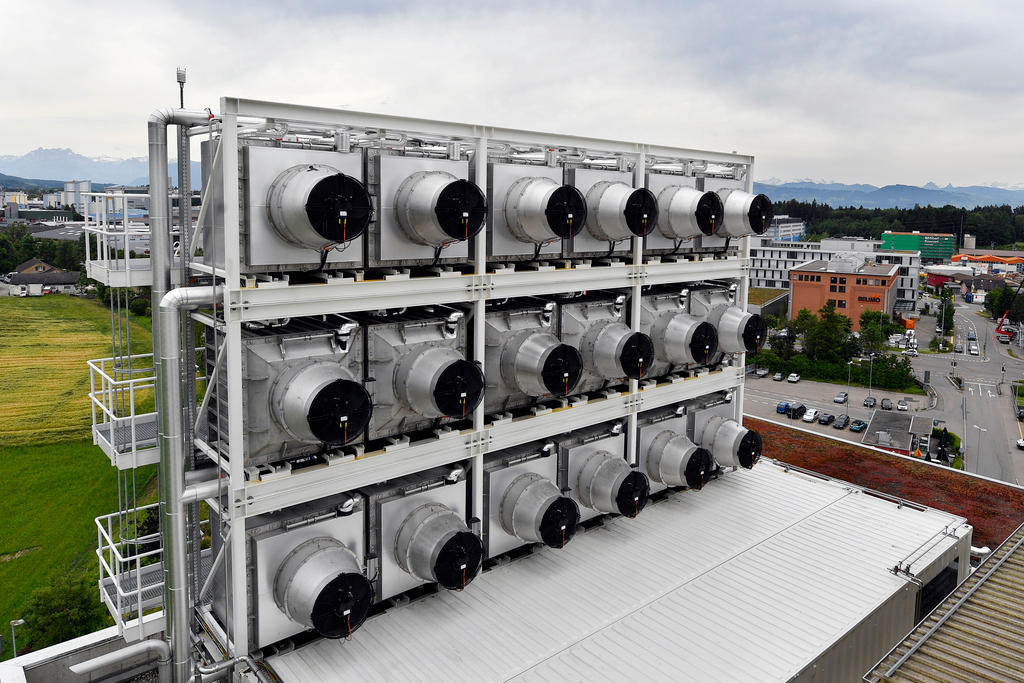
More
Is sucking CO2 from the air the answer to global warming?
The coal mining and natural gas producing industries, he says, could “fix their leakage” of methane without too much trouble. This would have an immediate effect on global warming.
As regards nitrous oxide, fertilisers need to be used more precisely and efficiently, Canadell thinks. Researchers at the federal technology institute ETH Zurich find that many countries, Switzerland included, could use less nitrogen fertiliserExternal link in agriculture without compromising their yields.
Changing how cattle are fed
Joos of the University of Bern also recommends a more judicious user of fertilisers. Industrial emissions of N2O, as at the Lonza plant in Viège, Switzerland, he says, “should be completely avoided, and this is possible by using catalytic converters.”
On December 10, the chemical company announced that it would fit converters at its Swiss plant by the end of next year to reduce nitrous oxide emissions “by at least 98%”.
As regards methane, Joos cites the possibility of changing what cattle are fed. Some Swiss companies have started production of natural additives for feed and synthetic food compounds, which they claim could cut bovine emission of methane by as much as 30%.
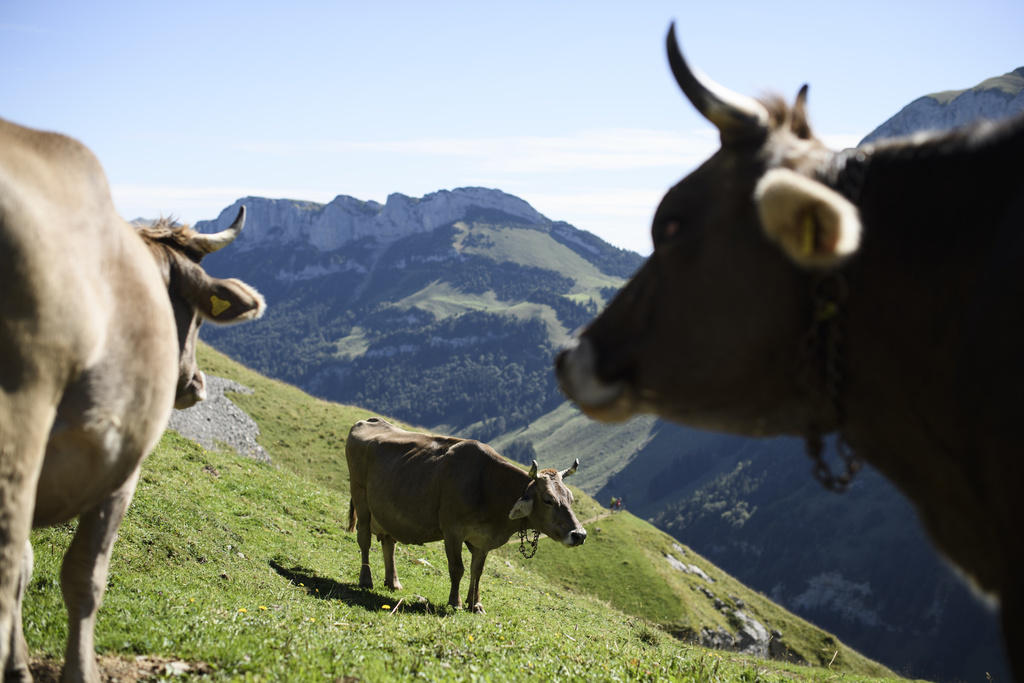
More
Swiss start-ups hope to slow climate change with cow burps
Not enough to eat less meat
Changing what cattle are fed won’t be enough, however, says Joos. We also need to curb food waste and eat less meat. But even that is not enough.
“Emission reductions for different gases and in different sectors are important to limit global warming and to meet the goals of the Paris Agreement,” he told swissinfo.ch. “However, if we do not manage to reduce CO2 emissions from fossil fuel use, any other efforts such as planting trees, eating less meat and producing less waste, will not limit continued global warming.”

More
Small island states ‘lead the way’ on climate action

In compliance with the JTI standards
More: SWI swissinfo.ch certified by the Journalism Trust Initiative



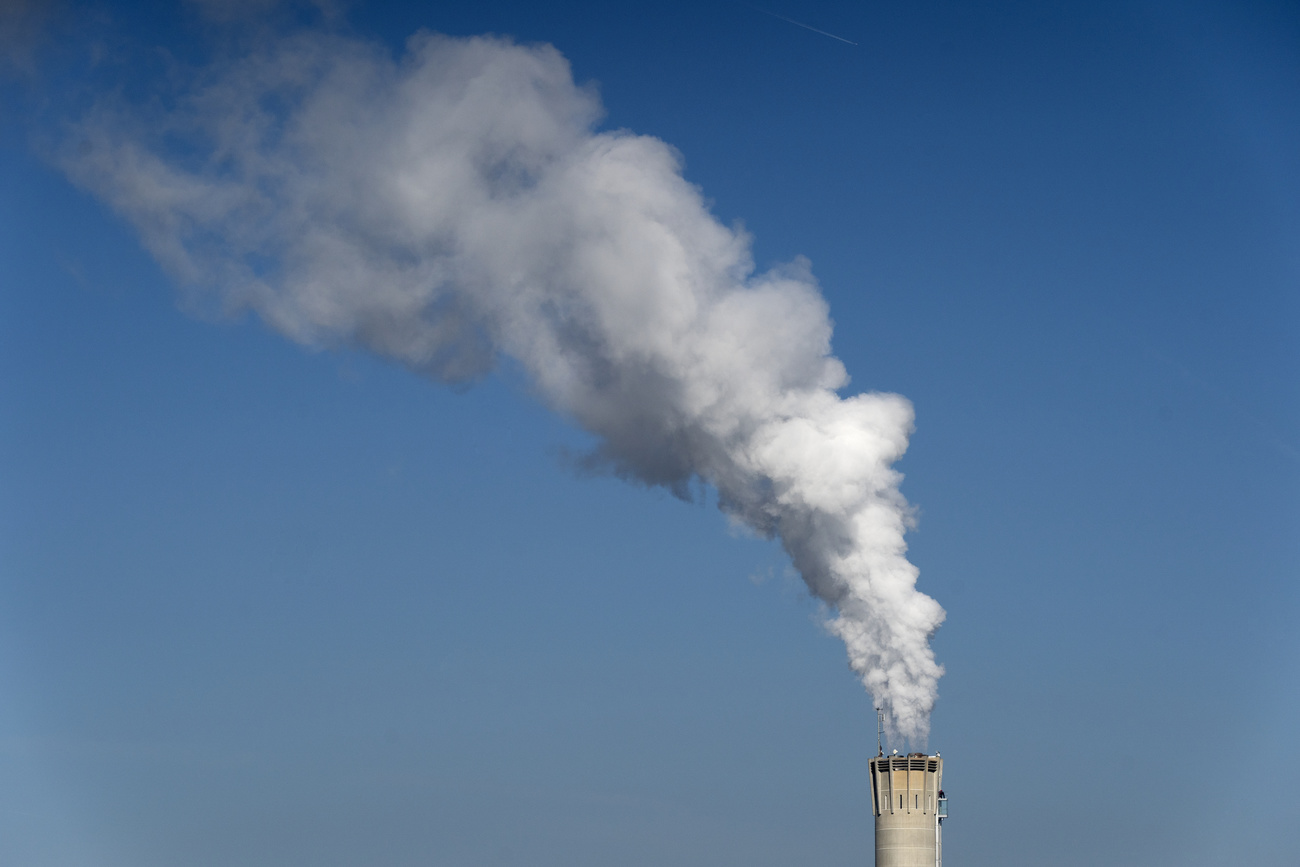
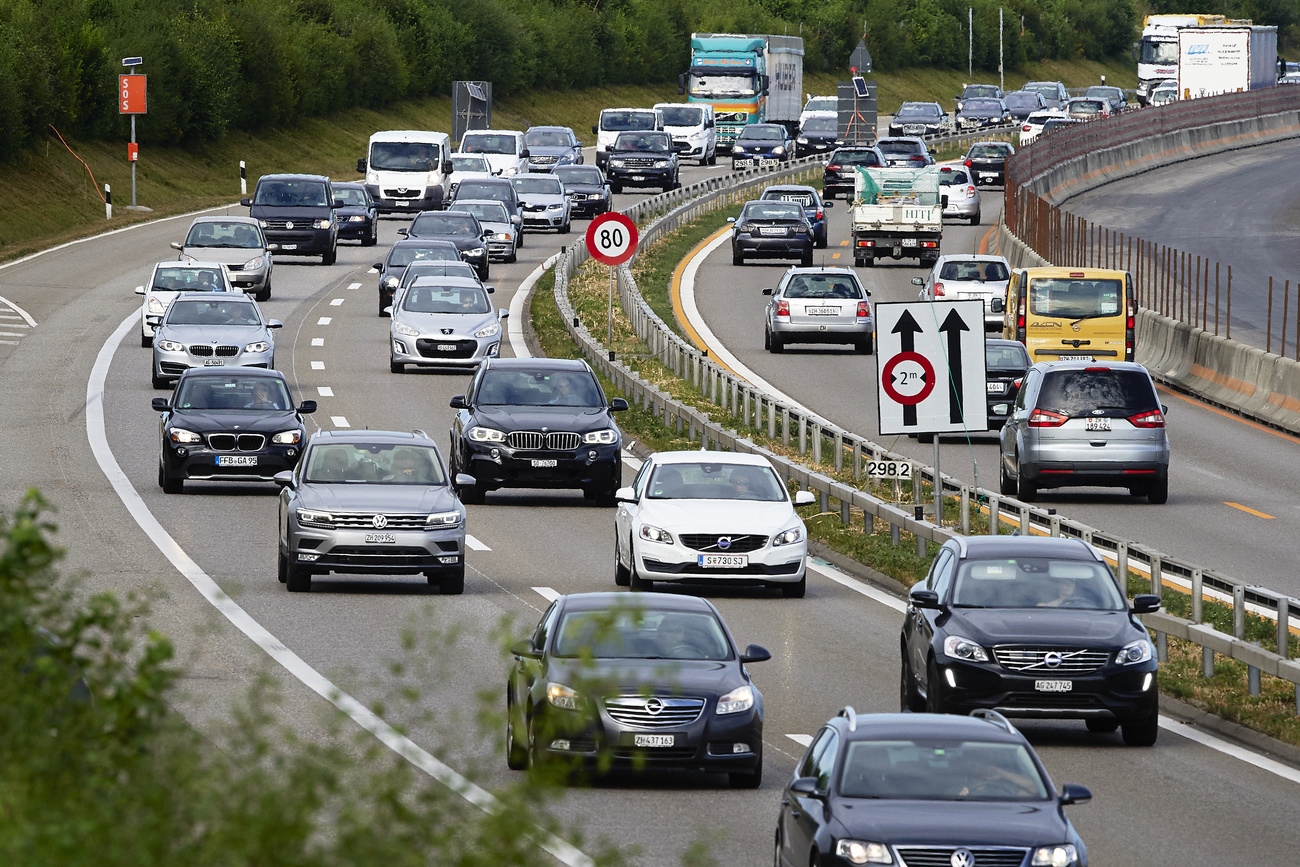
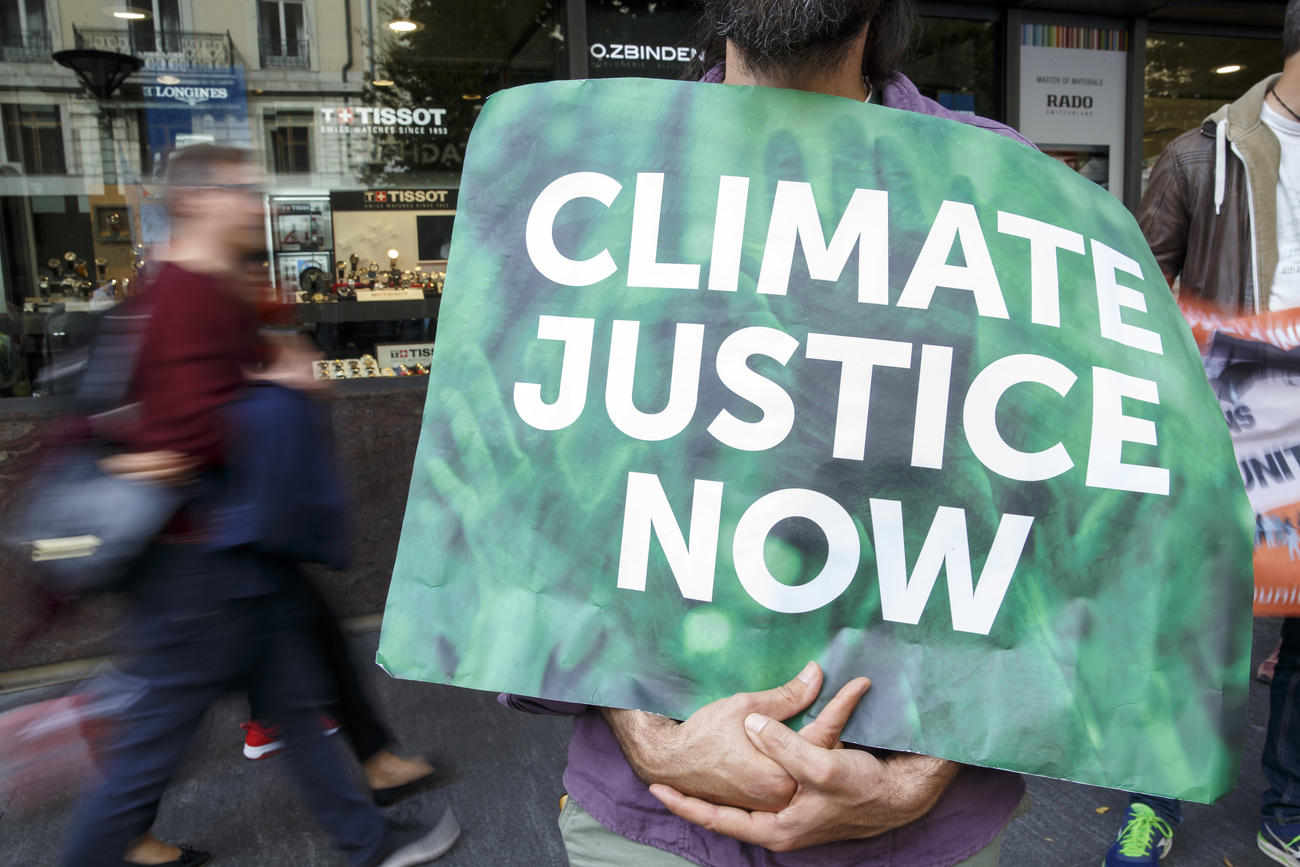
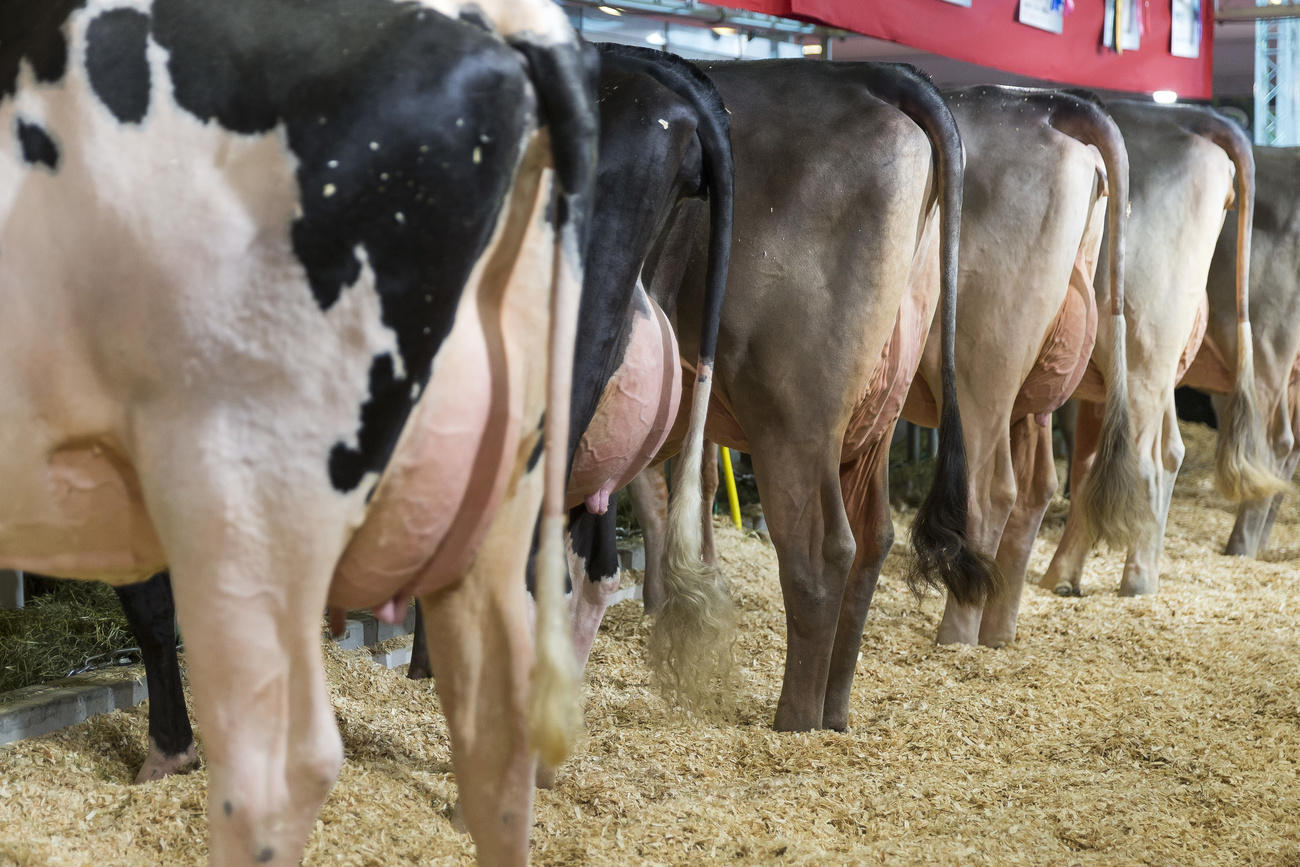
Join the conversation!